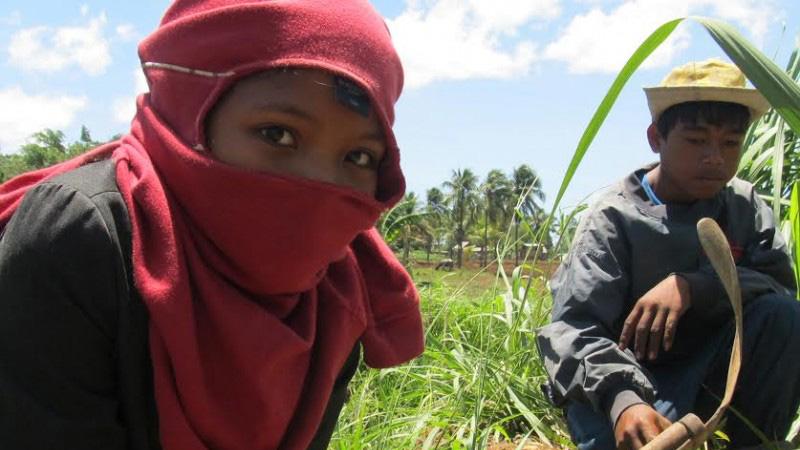These photos of Filipino children working in mines and on sugar plantations will make you cry
Tell us about your experience accessing The World
We want to hear your feedback so we can keep improving our website, theworld.org. Please fill out this quick survey and let us know your thoughts (your answers will be anonymous). Thanks for your time!
